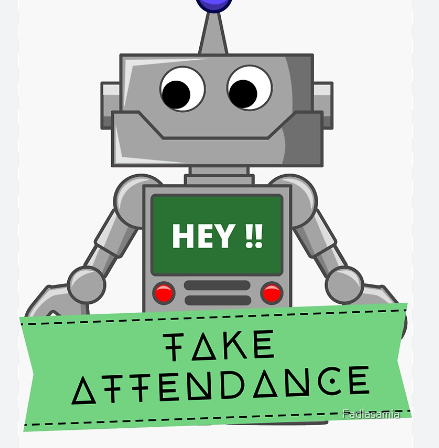EdTech, short for educational technology, refers to the use of technology to facilitate teaching, learning, and educational administration. It encompasses a wide range of digital tools, platforms, and resources designed to enhance the educational experience for students, teachers, and administrators.
The goals of EdTech vary but often include improving access to education, increasing engagement and motivation, personalizing learning experiences, enhancing collaboration and communication, and optimizing administrative processes. EdTech can be used in various educational settings, including K-12 schools, higher education institutions, vocational training programs, corporate training, and lifelong learning initiatives.
- Learning Management Systems (LMS): Platforms that enable educators to deliver online courses, manage course materials, track student progress, and facilitate communication and collaboration.
- Educational Apps: Mobile applications designed to support learning and skill development in specific subjects or areas, such as language learning, mathematics, science, or coding.
- Digital Content: Interactive multimedia content, including videos, simulations, games, and e-books, that can be used to supplement traditional classroom instruction and provide engaging learning experiences.
- Adaptive Learning Systems: Systems that use algorithms and data analytics to personalize instruction based on each student’s individual learning needs, preferences, and progress.
- Virtual and Augmented Reality: Immersive technologies that create virtual environments or overlay digital content onto the real world, allowing students to explore and interact with concepts in a more hands-on and experiential manner.
- Assessment and Analytics Tools: Tools that enable educators to create and administer assessments, analyze student performance data, and gain insights into learning trends and patterns.
- Communication and Collaboration Tools: Platforms that facilitate communication and collaboration among students, teachers, and parents, such as video conferencing tools, messaging apps, and online discussion forums.
The future of EdTech is promising, but it also presents several challenges that need to be addressed:
- Accessibility: One of the primary challenges is ensuring equitable access to EdTech tools and resources for all students, regardless of their socio-economic background or geographical location. Addressing the digital divide is crucial to ensure that technology enhances rather than exacerbates educational inequalities.
- Quality Content: While there is a wealth of educational content available online, ensuring its quality and effectiveness remains a challenge. EdTech platforms need to curate and develop high-quality content that aligns with educational standards and learning objectives.
- Teacher Training: Effective integration of technology into education requires well-trained teachers who are proficient in using EdTech tools and platforms. Providing professional development opportunities and support for educators is essential to ensure they can effectively leverage technology to enhance teaching and learning.
- Data Privacy and Security: EdTech platforms collect a vast amount of data about students’ learning activities, which raises concerns about privacy and security. Protecting student data from breaches and unauthorized access is paramount, and EdTech companies need to implement robust security measures and comply with relevant privacy regulations.
- Digital Literacy: Developing students’ digital literacy skills is essential to ensure they can navigate and critically evaluate online information. Incorporating digital literacy education into the curriculum can help students develop the skills they need to thrive in a technology-driven world.
- Cost: While EdTech has the potential to reduce costs associated with traditional education delivery, initial implementation costs can be prohibitive for some schools and institutions. Ensuring the affordability and scalability of EdTech solutions is essential to maximize their impact.
- Pedagogical Integration: Technology should complement and enhance traditional teaching methods rather than replace them. Ensuring that EdTech tools are pedagogically sound and align with best practices in teaching and learning is essential for their effectiveness.
- Adapting to Changing Needs: The rapid pace of technological change requires EdTech platforms to continually innovate and adapt to meet the evolving needs of students and educators. Flexibility and agility are key to staying relevant in the dynamic field of educational technology.
Despite these challenges, EdTech holds immense potential to transform education by increasing access, personalizing learning experiences, and improving outcomes for students around the world.
By addressing these challenges proactively, stakeholders can maximize the benefits of EdTech while minimizing its potential drawbacks.


Recent Comments